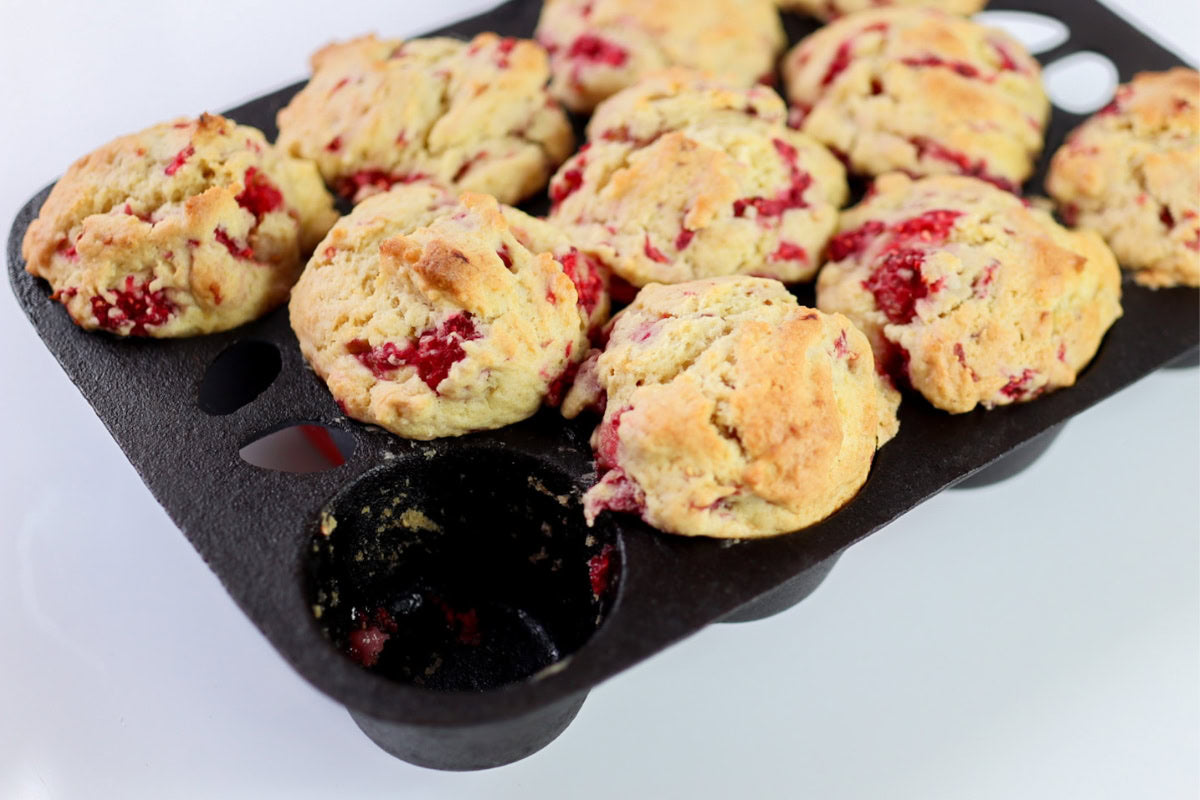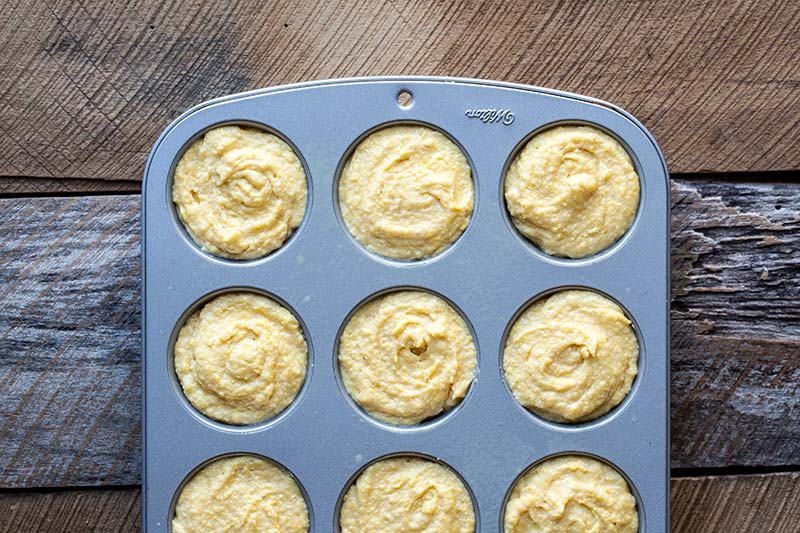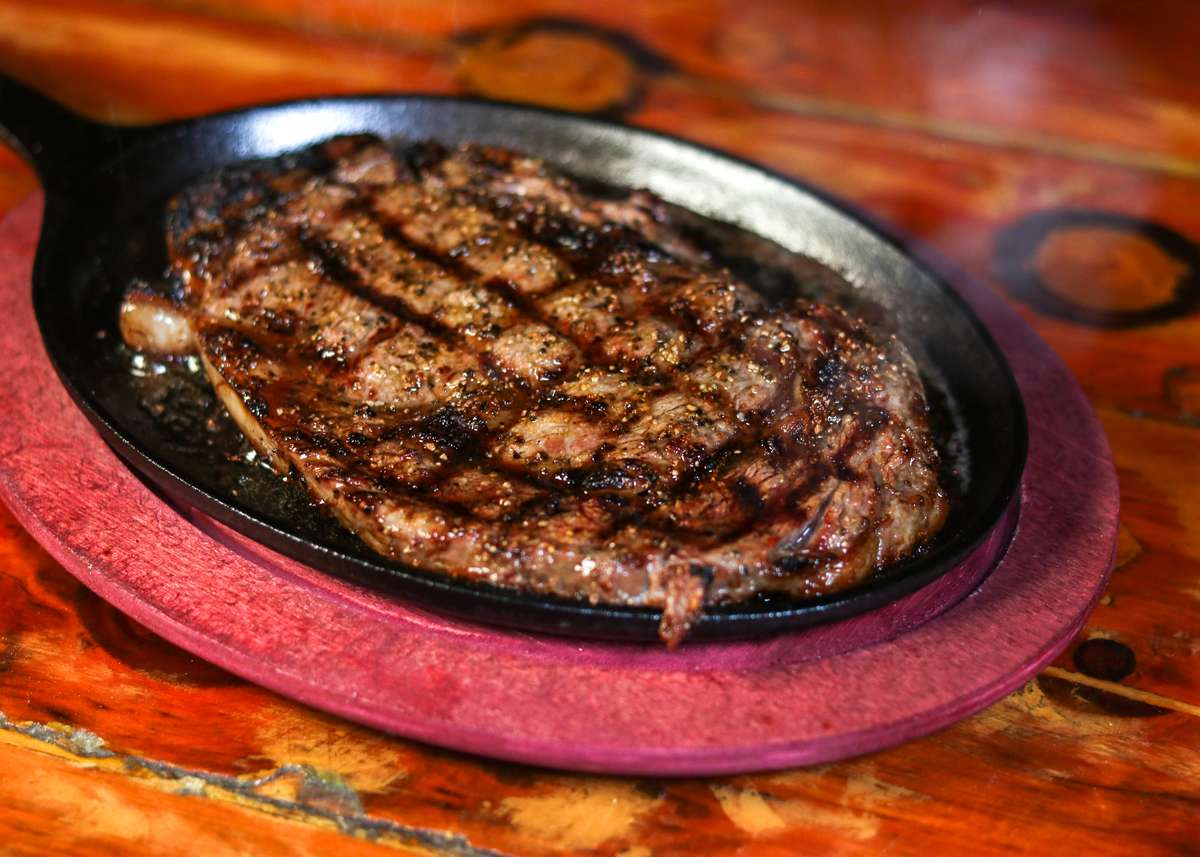For culinary professionals, effective usage of cast iron pans is vital. Yet, even the most experienced chefs face common baking challenges with cast iron pans. From inconsistent heating to food adhering to the surface, recognizing these obstacles is key to achieving flawless dishes.
This article delves into the typical issues encountered while baking with cast iron and offers actionable strategies to enhance your baking journey. By focusing on the common baking problems with cast iron pans, we aim to provide valuable insights that align with your professional cooking skills.

Grasping the Distinct Characteristics of Cast Iron
Before we address specific issues, it's essential to understand the unique features of cast iron. Renowned for its robustness and superior heat retention, cast iron is a staple in many professional kitchens. However, these qualities also present certain challenges.
Heat Distribution and Retention
A significant benefit of cast iron is its capacity to retain heat. However, if not managed carefully, this can lead to uneven cooking. Unlike other materials, cast iron requires more time to heat up but maintains temperature very effectively, which may create hotspots if the pan isn't evenly preheated.
Seasoning and Care
The seasoning process gives cast iron its valuable non-stick properties. Nonetheless, keeping that seasoning intact can be challenging. Failing to care for your pan properly can strip away the seasoning, causing food to stick. Regular re-seasoning is crucial for optimal performance.
Identifying Common Baking Challenges and Solutions
Food Sticking to the Surface
One prevalent problem is food adherence on the surface, which usually stems from insufficient seasoning or incorrect temperature use.
Solution: Always ensure your pan is well-seasoned and adequately preheated before placing food inside. A small dab of oil can help boost the non-stick surface, and its best to avoid soap when cleaning, as it may strip the seasoning. Instead, clean your pan with a soft scrub and warm water.
Inconsistent Cooking Outcomes
Another common complaint is uneven cooking, often caused by inadequate preheating or improper placement within the oven.
Solution: Make sure to thoroughly preheat your cast iron pan before adding your ingredients. Rotating the pan halfway through baking can foster even cooking, as well as evenly arranging the food in the pan.
Rust Development
Rust is an enemy of cast iron pans, particularly if they are not properly dried after washing.
Solution: After cleaning, immediately dry the pan and apply a thin coat of oil to ward off moisture and prevent rust. Store your pan in a dry environment and refrain from stacking it with other cookware to keep the seasoning safe.
Improving Your Baking Experience with Cast Iron
Recognizing the common baking issues with cast iron pans allows you to take proactive measures for better baking results. By mastering seasoning and heat management, you can fully harness the potential of your cast iron cookware.
For additional tips on utilizing cast iron, check out these creative muffin tin recipes that can be adapted for cast iron. Furthermore, explore our insights on preventing flare-ups and using cast iron on induction. Dont miss our advice on cast iron myths and frying eggs in cast iron, enhancing your repertoire of cooking techniques.
Frequently Asked Questions
How frequently should I re-season my cast iron pan?
It's advisable to re-season your cast iron pan when you notice food beginning to stick or if the surface seems dull. Regular upkeep will keep your pan in excellent shape.
Can I use soap to clean my cast iron pan?
While it's generally recommended to avoid soap, mild detergents can be used sparingly. However, hot water and a stiff brush often suffice for cleaning.
What causes dark spots on my cast iron pan?
Dark spots typically indicate uneven seasoning. To address this, scrub the pan with coarse salt and then re-season it to ensure an even coating.

Conclusion
Successfully using cast iron pans involves understanding and addressing the common baking challenges they present. By following the advice outlined in this article, culinary professionals can elevate their baking skills and enjoy the countless advantages of this timeless cookware. For inspiration, check out our article on baking with cast iron and dive into the endless possibilities this versatile tool brings to your kitchen.
This article contains affiliate links. We may earn a commission at no extra cost to you.






Leave a comment
This site is protected by hCaptcha and the hCaptcha Privacy Policy and Terms of Service apply.